Mist garden from 1964 World’s Fair restored at Flushing Meadows Corona Park
Find out more
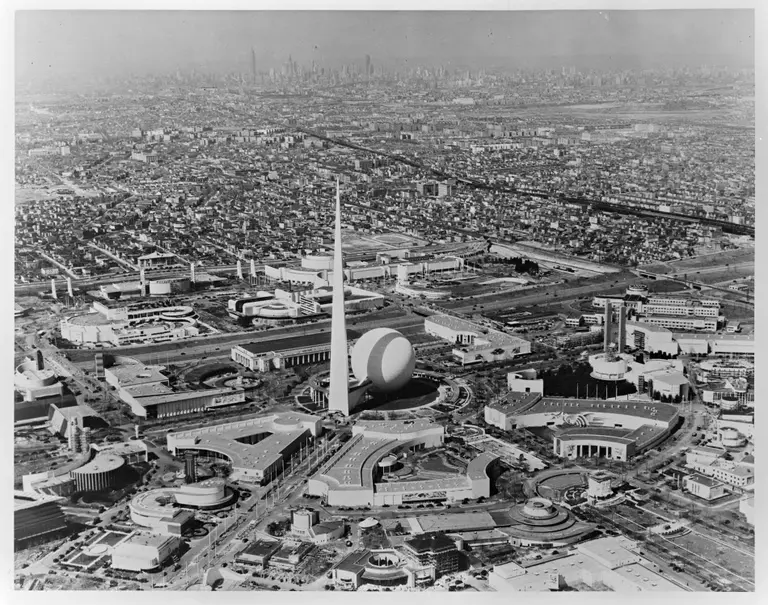
Aerial view of the 1939-1940 New York World’s Fair; via NYPL
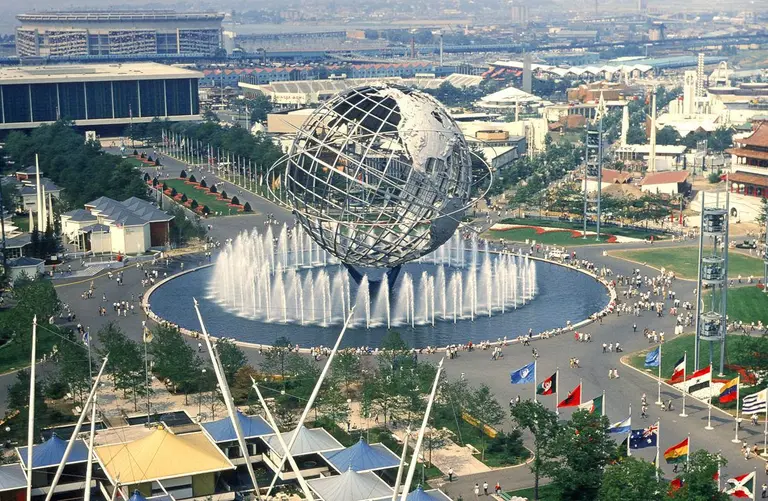
Photo via Wikimedia
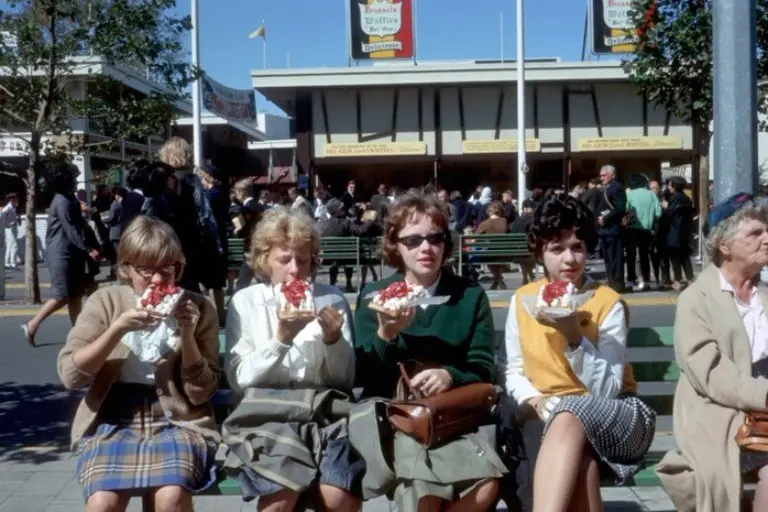
Photo courtesy of Bill Cotter/worldsfairphotos

Photo courtesy of Bill Cotter/worldsfairphotos
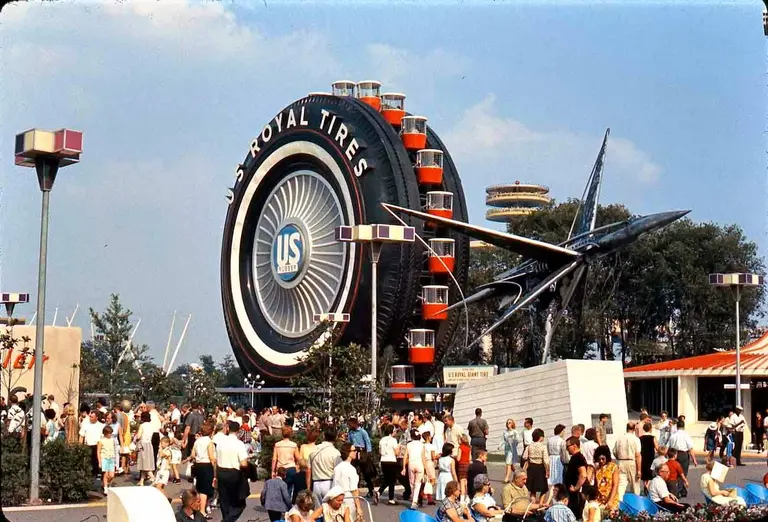
Photo courtesy of Gregory Fournier
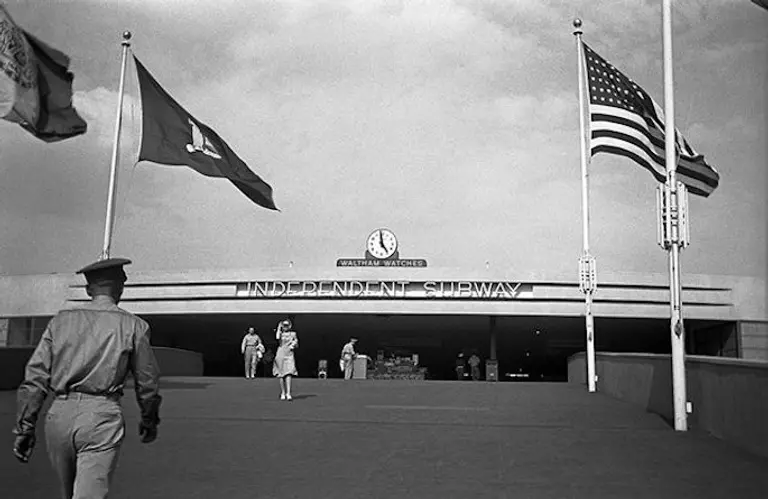
World’s Fair Terminal Station. Photo via Bill Cotter
A Japanese desk lets you work on your laptop while lying completely flat on your back. [HUH] A photo roundup of the 1939 World’s Fair site being built in Queens. [Gothamist] Stay dry as you pedal with the bicycle umbrella. [CityLab] Is the East 180th Street 2/5 subway entrance in the Bronx the prettiest station in […]
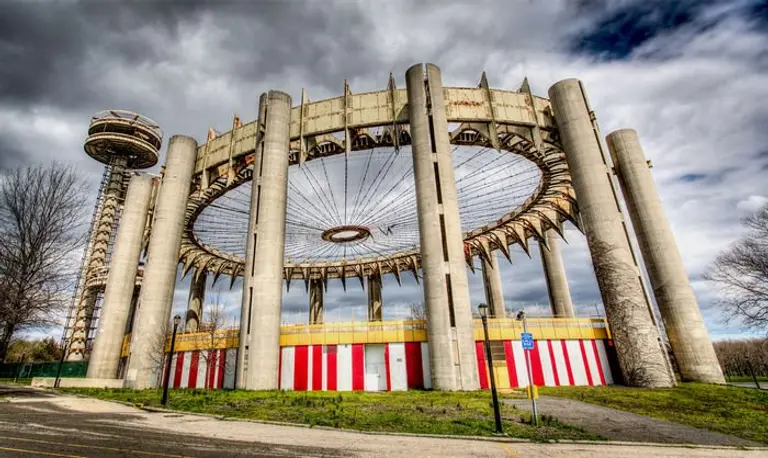
Image © Matthew Silva